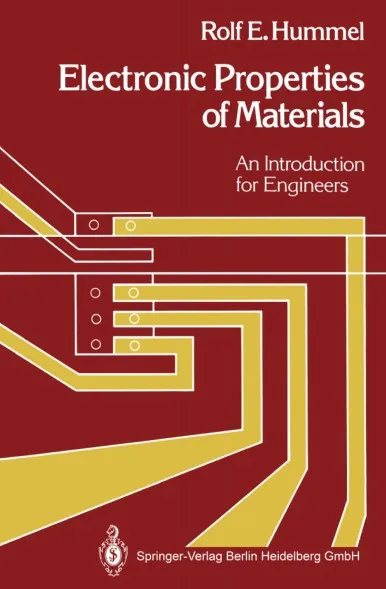Electronic Properties of Materials: An Introduction for Engineers by Rolf E. Hummel4
English | PDF | 1985 | 323 Pages | ISBN : N/A | 24.1 MB
The present book on electrical, optical, magnetic and thermal properties of materials is in many aspects different from other introductory texts in solid state physics. First of all, this book is written for engineers, particularly materials and electrical engineers who want to gain a fundamental under standing of semiconductor devices, magnetic materials, lasers, alloys, etc. Second, it stresses concepts rather than mathematical formalism, which should make the presentation relatively easy to understand. Thus, this book provides a thorough preparation for advanced texts, monographs, or special ized journal articles. Third, this book is not an encyclopedia. The selection oftopics is restricted to material which is considered to be essential and which can be covered in a 15-week semester course. For those professors who want to teach a two-semester course, supplemental topics can be found which deepen the understanding. (These sections are marked by an asterisk
Thanks For Buying/Renewing Premium From My Blog Links To Support
Without You And Your Support We Can't Continue
Without You And Your Support We Can't Continue



